Lessons from the horror of Paris
The Islamic State has developed a diabolical capacity to hoodwink even the best security and police systems. The recent attack in France has invalidated a crucial assumption of threat assessments concerning jihadism. It has demonstrated that stateless terror networks are developing the capacity for complex “swarming” assaults in densely-policed cities, far from warzones.
This sort of an assault has only occurred once before, namely, Mumbai 26/11. The Mumbai attack was considered to be a paramilitary covert operation by Pakistan’s spy community, in which Lashkar-e-Taiba merely played the role of a cut-out to ensure plausible deniability. 26/11 was perceived as an outlier by security experts who believed that a comparable assault on western homelands was unlikely, absent, state sponsorship.
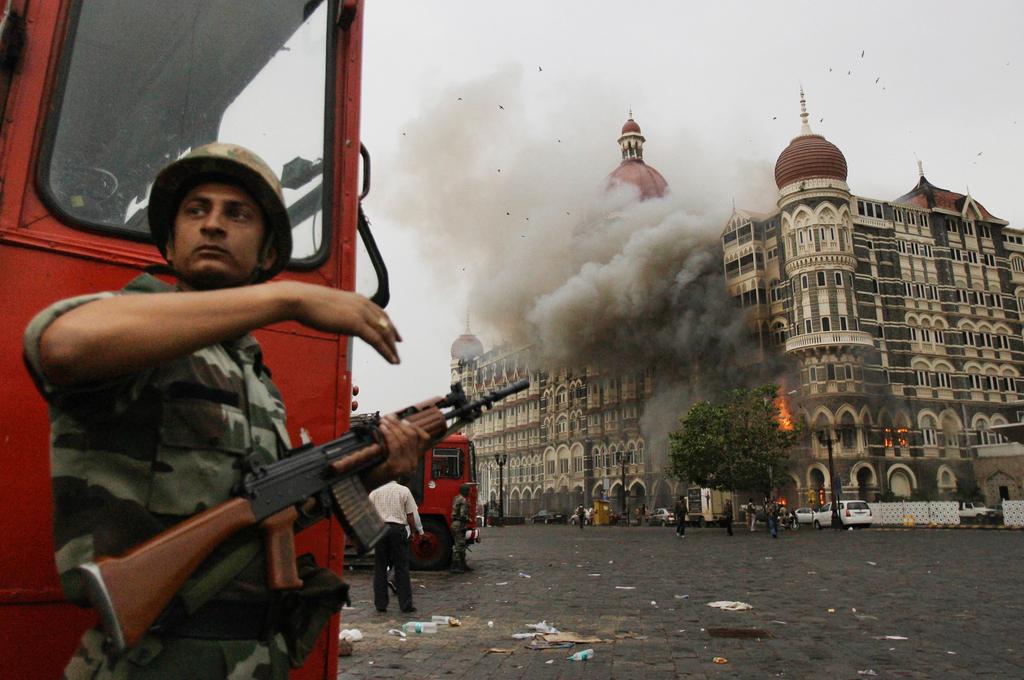
In the seven years since, many jihadist assaults have occurred across West Asia and Africa, but these were focused on single locations. Massacres at the Tigentourine gas facility in Algeria, Westgate Mall in Nairobi, army public school in Peshawar, and Garissa University College in Kenya all bore similarities to 26/11, in that they predominantly featured the use of firearms rather than explosives.
Prem Mahadevan is a senior researcher with the global security team at the Center for Security StudiesExternal link, ETH Zurich and senior lecturer with the department of international relations and European studies, Metropolitan University, Prague. This opinion piece was published in The HinduExternal link.
But none gave the impression of unknown numbers of gunmen moving randomly through the streets dodging police pursuit while striking mayhem at multiple sites.
Disruptive and on the move
Only the Charlie Hebdo attack in Paris highlighted the problem of immobilising terrorists who moved location while shooting. Although the two gunmen were eventually cornered and killed, the fact that they forced the mobilisation of a massive police and military effort to track them demonstrated that even a low-medium casualty attack (which Charlie Hebdo was) can be as disruptive as an event that kills hundreds.
Operational lessons of the latest Paris attack will be analysed by police forces the world over, including India. But there is already a basis for three preliminary conclusions. First, if the so-called Islamic State is responsible, it has shown a higher degree of sophistication than was expected. Since September 2014, when IS first announced its intention to strike western homelands, the principal threat was assumed to be “lone wolf” terrorists inspired by IS propaganda rather than directly controlled by it.
Even if the Paris attackers were only loosely tied to IS, the attack pattern suggests a measure of coordination that would be surprising if the planning were done at a purely local level. Another warning sign is the success with which logistical preparations were concealed from French intelligence, which has considerable experience of combating terrorism.
Since May, its surveillance powers have been drastically enhanced as part of a continent-wide trend that followed the Charlie Hebdo shootings. Information-sharing between European security agencies is also robust. Only one day before the Paris carnage, police in Norway, Britain and Italy arrested 13 people as part of a six-country investigation into an Al Qaeda affiliated group.
Intelligence misled
This raises the question of whether diversionary terrorist conspiracies were activated elsewhere to draw heat away from the main thrust towards France. In July 2015, IS had warned that it would strike at Paris and counterterrorism analysts believe that the speed with which the November 13 operation was applauded by IS sympathisers online suggests they knew it was coming. Like the misleading electronic intercepts of an overseas terror threat that preceded 9/11, causing US intelligence to look beyond America’s borders rather than within them, the question must be asked if the Paris massacre was partially enabled by strategic deception.
Second, regardless of whether the attack was sanctioned by the IS core leadership, or planned by middle-managers acting on their own initiative, it is clear that implementation was guided by local sympathisers. Unlike in Mumbai, where the targets were chosen for their touristic importance, the locations hit in Paris were working class and relatively unremarkable. This raises the issue of radicalisation among the French Muslim population, since a predominantly foreign-derived conspiracy would likely have focused on more high-profile areas.
French Muslims constitute 8 per cent of the total population but nearly 70 per cent of the prison population. According to some estimates, 15 per cent of these prisoners are susceptible to jihadist indoctrination due to contact with jailed Islamist ideologues. Having a background in petty crime, they are well-positioned upon their release to exploit underworld connections for the procurement of military-grade weapons and explosives. In both the Charlie Hebdo and the November 13 shootings, a correlation seems to exist between petty criminality and terrorism.
The same has been noticed in recent lone wolf attacks in Belgium and Denmark. Clearly, terrorist recruitment is not a cerebral phenomenon and appeals mainly to a social underclass. This should give reason to doubt whether “counter-narratives” are going to have much value in preventing radicalisation, since would-be terrorists are not engaging with their “cause” at an abstract intellectual level.
Future targets
Third, soft targets are being hit in innovative ways. Before the Paris shootings European security experts had begun to focus on the risk to surface public transport, following an attempt in August 2015 to massacre passengers on board a long-distance train. With 100,000 trains plying Europe’s railroads daily carrying 40 million passengers, airport-style security screening is not an option. And this does not even take into account a widely-disseminated Australian police report from March that the aviation sector is vulnerable to IS infiltration through embedded sympathisers.
Citing a publication by Al Qaeda in the Arabian Peninsula, the report warned that insider attacks on civil aviation are being encouraged. The Charlie Hebdo attack two months earlier had demonstrated that IS and Al Qaeda, despite their fierce ideological rivalry, are “pooling and sharing” resources to hit European cities. Many terrorist networks now thought to be IS were previously linked to Al Qaeda, suggesting that either IS has poached Al Qaeda’s infrastructure in Europe, or the two groups are cooperating on an operational level. If such is the case, then it would seem logical that the cash-rich IS supplies funds and manpower while the more experienced Al Qaeda provides local contacts. This combination makes for a much broader range of access to possible targets.
What these three conclusions mean for India is that while Pakistani-sponsored terrorism remains the biggest threat, it faces competition from genuinely stateless terrorists. No longer is it necessary to have ISI funds for reconnaissance, or fake travel documents issued by Pakistani embassies, to conduct a high-visibility and well-coordinated jihadist attack. Instead, the Paris massacre suggests that Islamic State is growing more sophisticated and recognises the limits of its ability to govern territory.
Like the Somali group Al Shabaab, it has been heavily damaged in its efforts to establish sovereignty and is regressing from “statehood” towards urban guerrilla warfare. The aim is to force its enemies to concentrate on rear-area security and leave its own domain open to conquest and control.
India has no reason to be complacent that non-interference in West Asia or threats of covert punishment against Pakistan, however credible, would stop attacks by IS sympathisers. There are plenty of local grievances caused by communal politics to worry about, even without cross-border involvement. Deterring more Paris-like attacks may not be possible, but preparing for them is.
The views expressed in this article are solely those of the author, and do not necessarily reflect the views of swissinfo.ch.
swissinfo.ch publishes op-ed articles by contributors writing on a wide range of topics – Swiss issues or those that impact Switzerland. The selection of articles presents a diversity of opinions designed to enrich the debate on the issues discussed.

In compliance with the JTI standards
More: SWI swissinfo.ch certified by the Journalism Trust Initiative

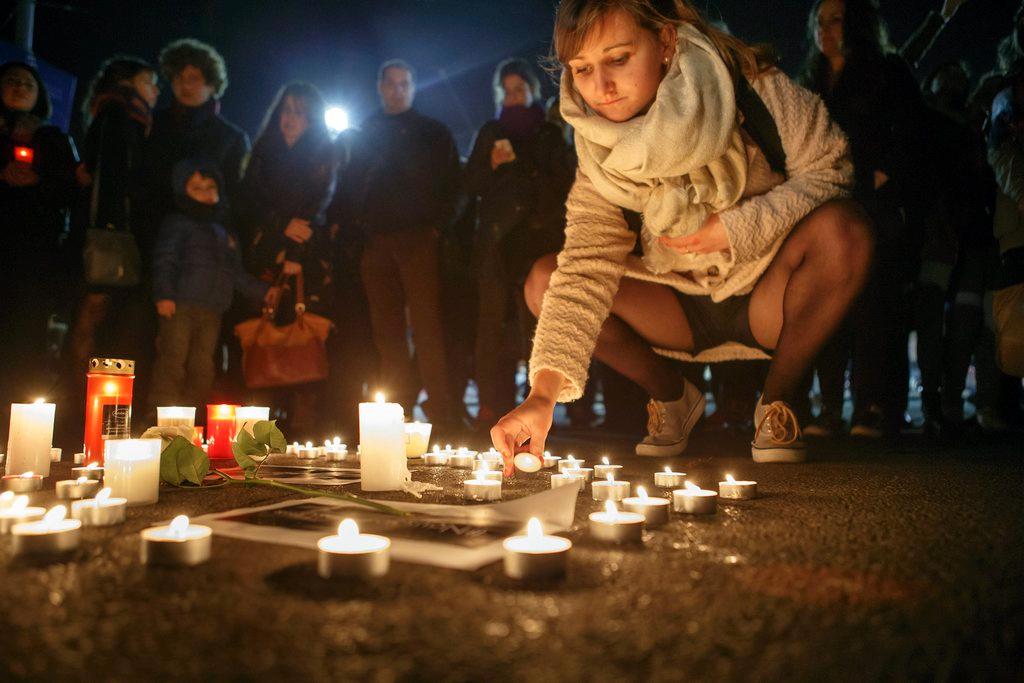
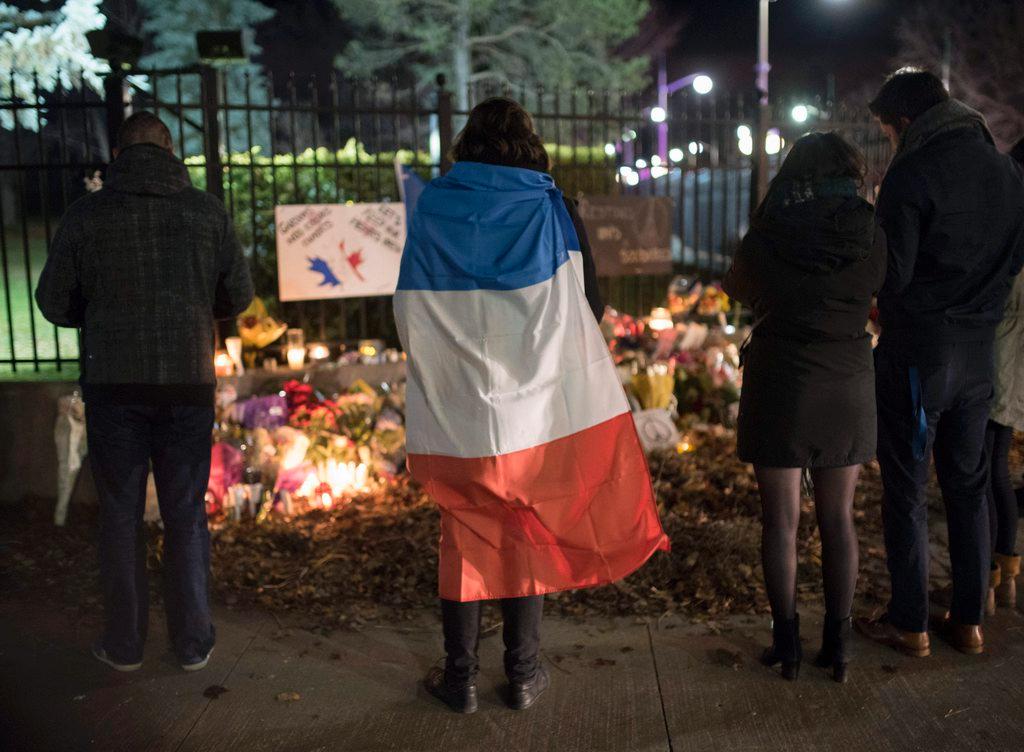
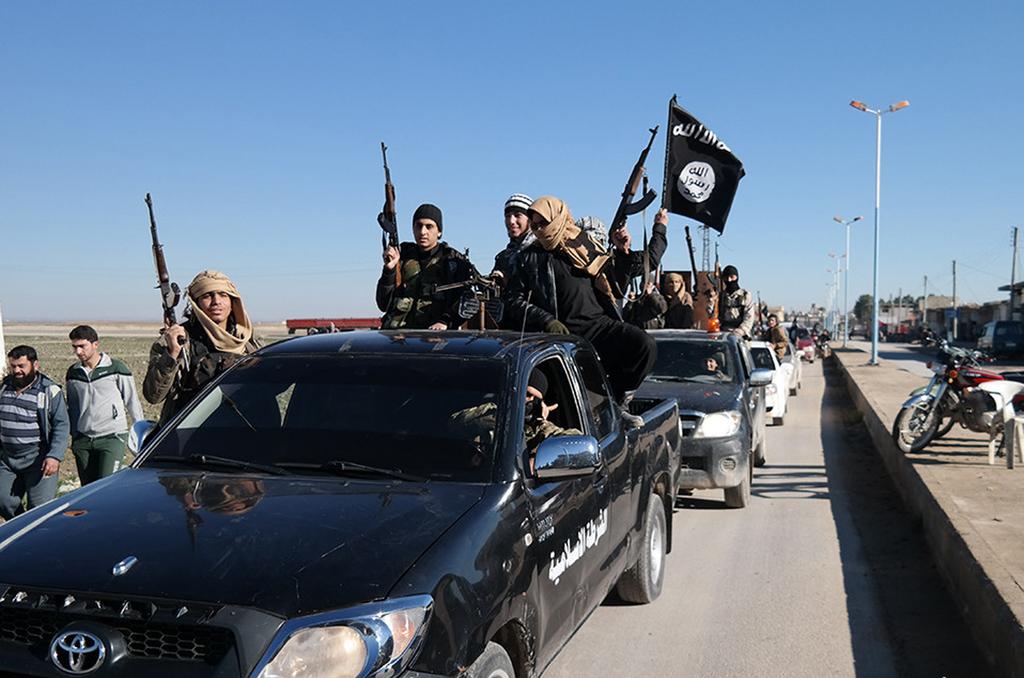
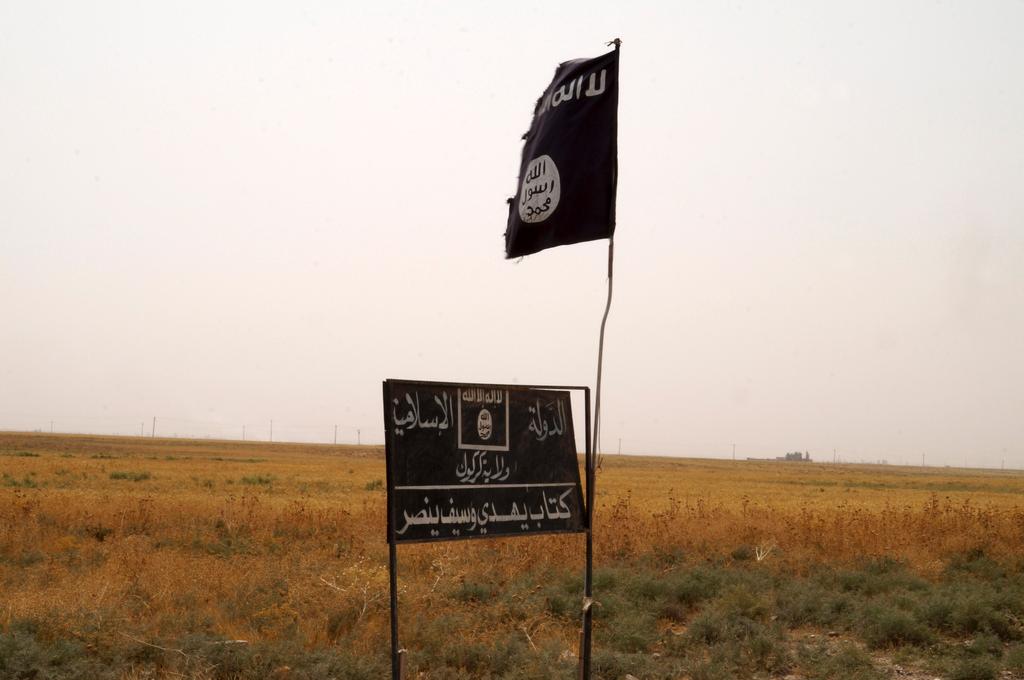
You can find an overview of ongoing debates with our journalists here. Please join us!
If you want to start a conversation about a topic raised in this article or want to report factual errors, email us at english@swissinfo.ch.